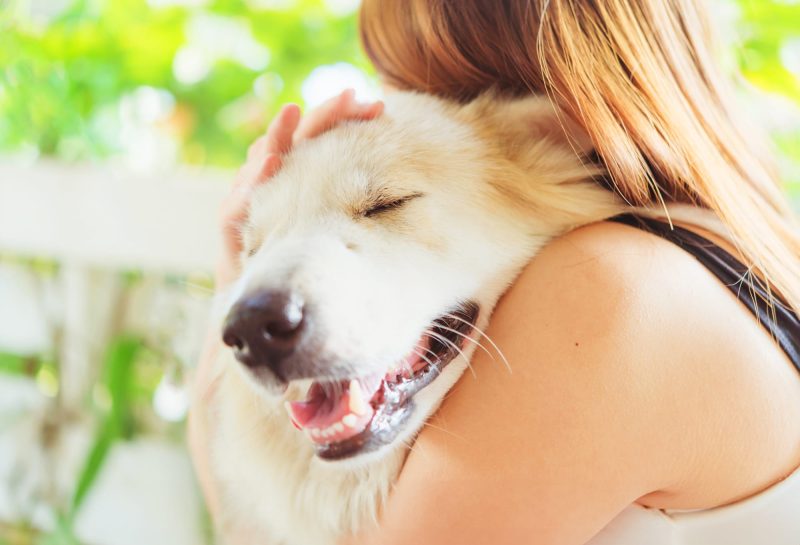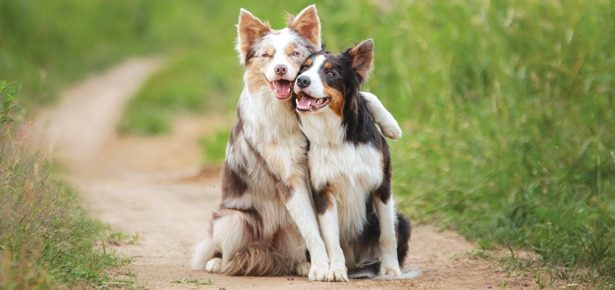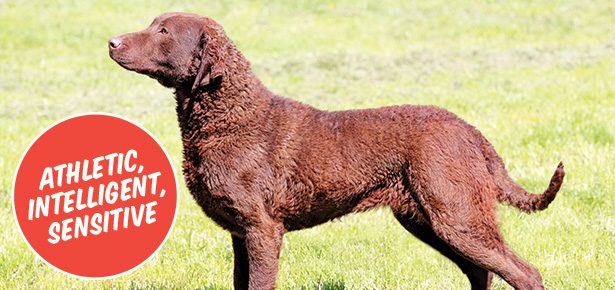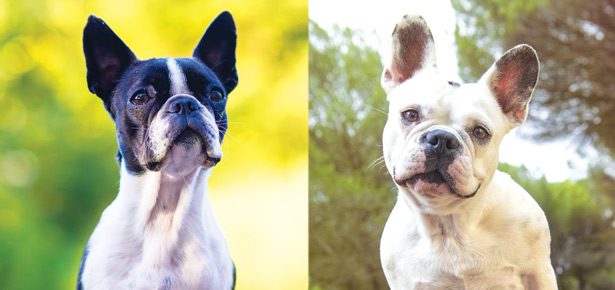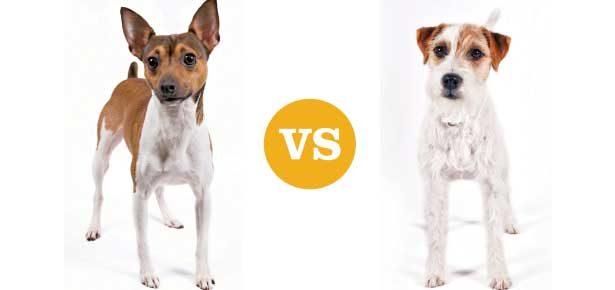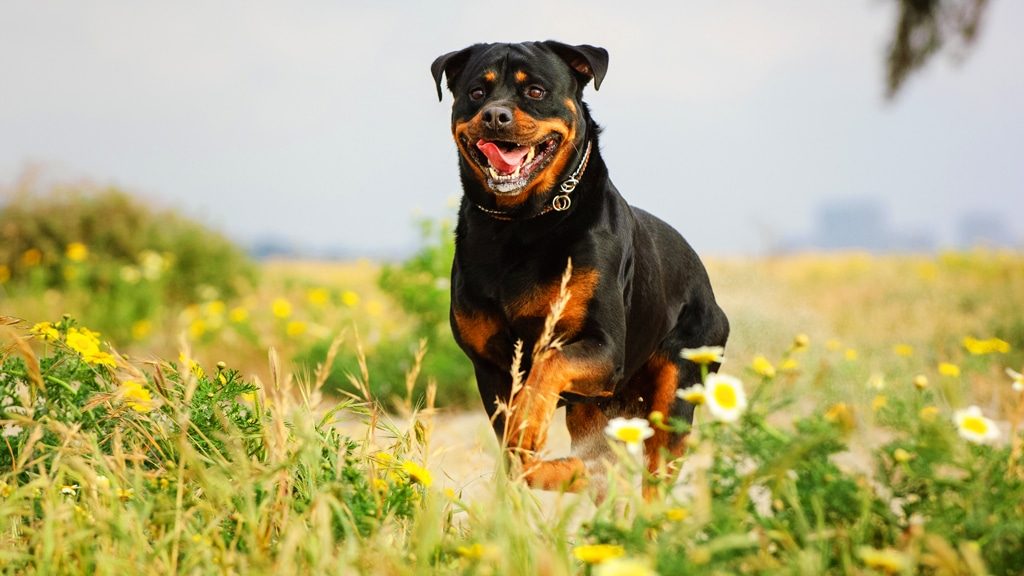
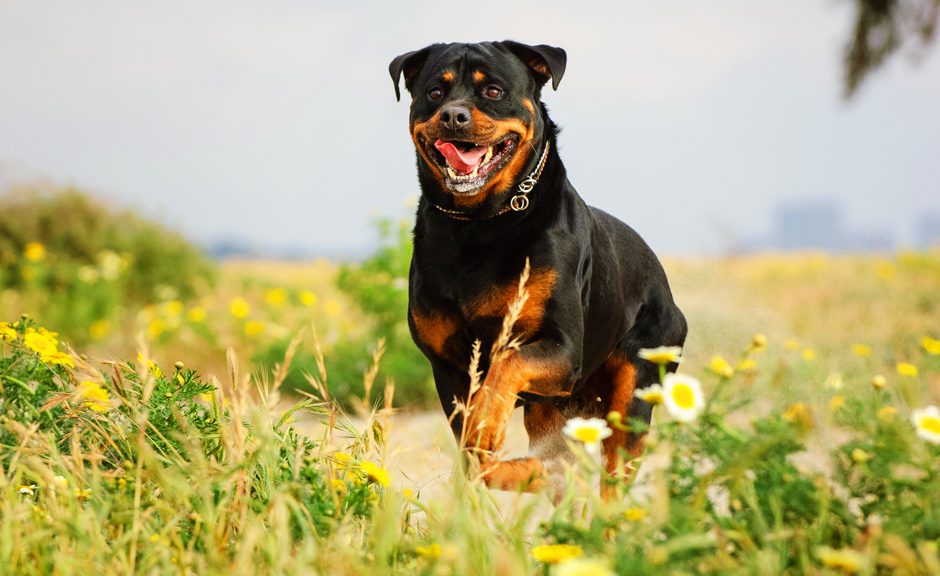
The Rottweiler
The Watchman

Those Rottweiler eyes. Big, dark, expressive. Watchful. Taking everything in. Making sure that nothing threatens home or family. Judging the temperament of an angry steer. Following the movements of an adored master or mistress. And saving the life of a desperate man poised on the edge of self-destruction.
Stinky, a ten-year-old Rottweiler, was recently inducted into the Purina Animal Hall of Fame as 2011 Service Dog of the Year for her work as a psychiatric therapy dog helping soldiers with post-traumatic stress disorder. In a tribute to her, owner George Leonard spoke of how Stinky’s unconditional love and nonjudgmental presence had saved several lives.
“One case in particular, the individual…was going to bring grave harm to himself…but he was upset because he thought, well, what’s going to happen to that dog? What am I going to do with that dog? And then Stinky just sat there and stared at him. And then he said, ‘I just can’t do it.’”
Later, the soldier said “Thank God that dog was with me. Having her around definitely saved my life.”
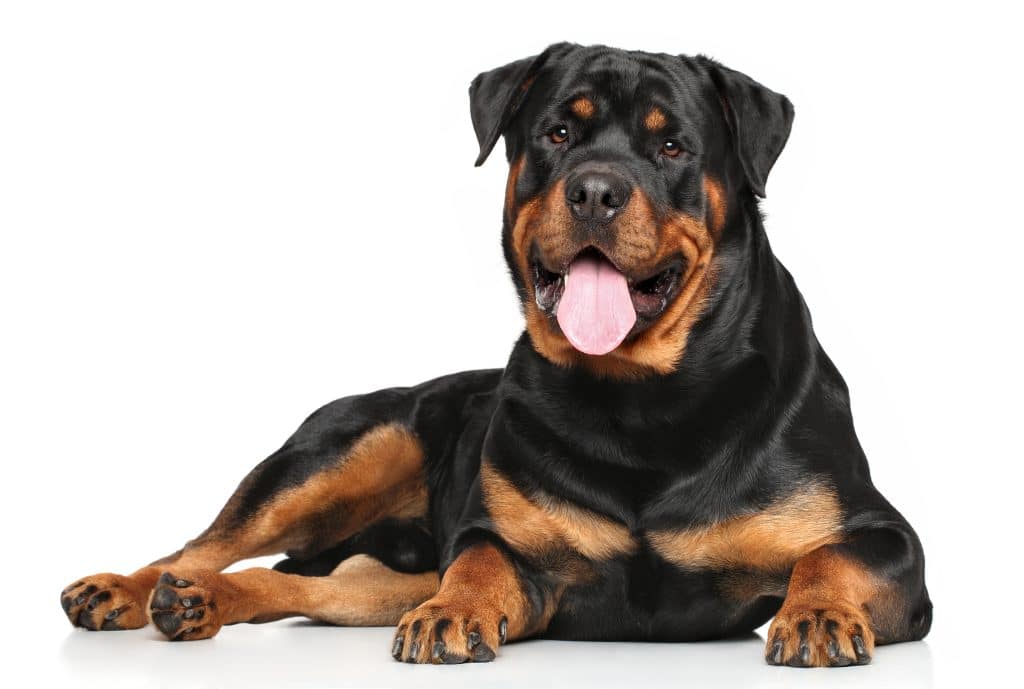
Jagodka/Bigstock
High praise for a dog of a breed that is often at the top of the list in legislation banning or tightly controlling ownership of certain breeds. The Rottweiler has a bad reputation in many minds. Yet, this is a breed that has lived only to serve humans in many capacities over its long history.
Records of the Rottie stretch back almost 2,000 years, when Roman legions on the march used mastiff-type dogs to control and protect livestock. In the German town of Rottweil, the breed was fine-tuned into an all-around helper for tradesmen, pulling small carts, carrying the owner’s purse around his neck for safekeeping, working stock, and guarding family and property. The breed became known as the Rottweiler Metzerhund—the butchers’ dog of Rottweil.
Today’s Rottweiler retains almost all of the characteristics prized in the old Metzerhund. Up to 27 inches tall and weighing in at 90 pounds plus, he is a large, muscular dog with immense strength and surprising agility. He is calm but bold, usually aloof with strangers, and can still be called upon to herd livestock or do draft work when required.
The American Kennel Club website states: “An inherent protector, the Rottweiler is self-confident and responds quietly and with a wait-and-see attitude to influences in his environment.”
A Rottie will determine what is under his protection, stake out a territory, and defend it. In The Rottweiler Handbook, (Barron’s, 2001) Joan H. Walker writes: “The Rottweiler is very territorial. This is part of the essence of the Rottweiler. To the pet owner, this means that he or she will need to work regularly with the Rottweiler to keep the dog’s territorial aggressiveness in control.”
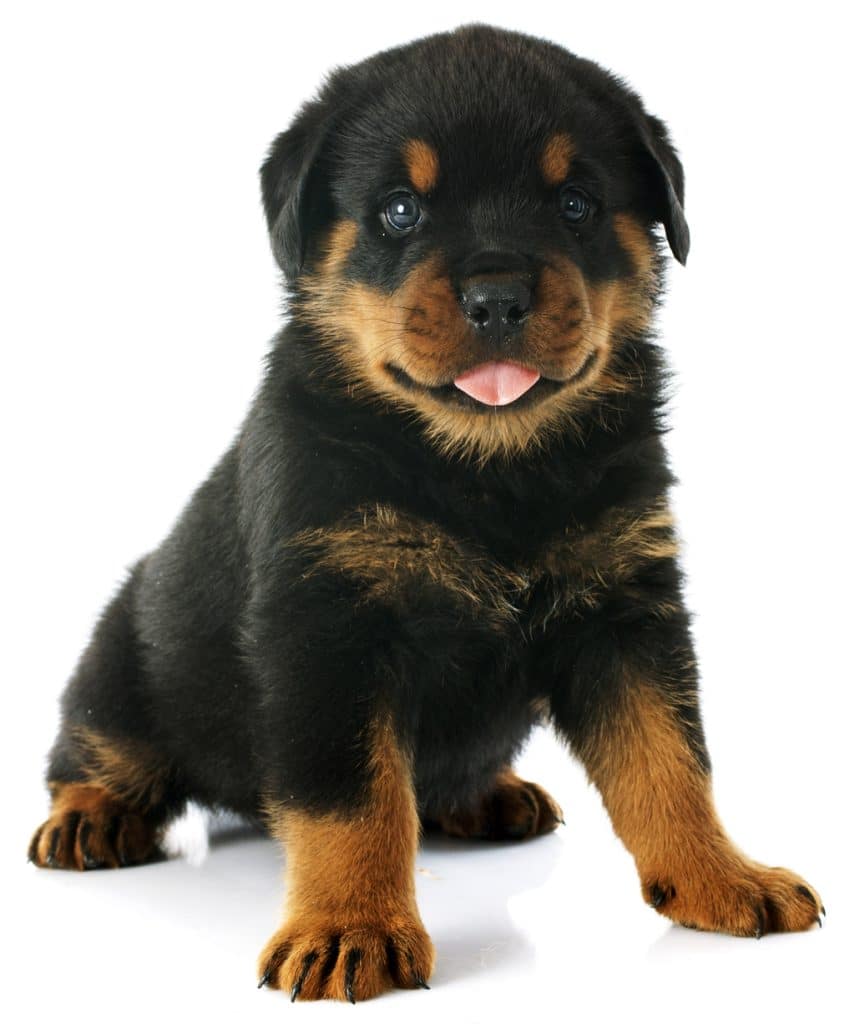
cynoclub/Bigstock
Control and leadership are vital when dealing with this breed. The American Rottweiler Club advises potential owners: “Ownership of a Rottweiler carries much This is a breed that has lived only to serve humans in many capacities over its long history. greater than average legal and moral responsibilities, due to traits possessed by this breed, their size and strength.” Rotties that are not given consistent and firm training are likely to challenge their owners for alpha status in the household, a recipe for disaster.
“Rottweilers are by nature an assertive, confident breed. Males in particular will try to dominate their owners, if given the opportunity,” Walker writes. Author Richard G. Beauchamp (Rottweilers for Dummies; Hungry Minds; 2001) states: “Without the proper training, a Rottweiler can become an unruly brute. A Rottweiler wants—and needs—a leader in his life.”
Most Popular Dogs in the US
According to the most recent AKC registration statistics
[1] French Bulldog
[2] Labrador Retriever
[3] Golden Retriever
[4] German Shepherd
[5] Poodle
[6] Bulldog
[7] Rottweiler
[8] Beagle
[9] Dachshund
[10] German Shorthaired Pointer
The Rottweiler with a job to do and guidance in how to do it is a happy dog. Not every Rottie will be given the responsibility and freedom to do the fantastical things the Rottweiler main character in the Good Dog, Carl! children’s books gets to do in the course of babysitting his young mistress, but almost all Rotties will enjoy obedience, agility, carting, herding, or some other purposeful training.
These robust dogs are generally healthy individuals, but like most large breeds, reach their senior years fairly early, around age seven. Two health issues owners should be especially aware of are hip and elbow dysplasia and gastric torsion. Dysplasia is often seen in Rotties, though responsible breeders are working to reduce the incidence. Gastric torsion, also called “bloat,” is a life-threatening condition in which a dog’s stomach flips or becomes twisted, causing gases to accumulate in the stomach and cutting off the blood supply to vital organs. The death rate from gastric torsion is shockingly high—about 33 percent—and Rottweilers are at risk, so owners need to be vigilant and take preventative measures, such as feeding several smaller meals during the day rather than one large meal, and restricting vigorous exercise after eating. For more on health issues related to this breed, visit rottweilerhealth.org.
The Rottweiler, standing proud in his striking coat of black with tan markings, is a handsome and hard-working member of the community, and it is fortunate for those soldiers whose lives Stinky saved that breed-specific legislation did not succeed in banning Rottweilers in that jurisdiction. One soldier could have been speaking of all Rotties when he said of Stinky: “That dog’s got a lot of love to give.”
If you like the Rottweiler, check out:
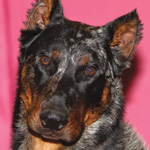
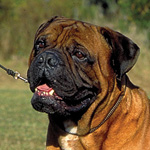
Beauceron Bullmastiff Greater Swiss Mountain Dog
» Read Your Breed For more breed profiles, go to moderndogmagazine.com/breeds
Join the newsletter and never miss out on dog content again!
"*" indicates required fields
By clicking the arrow, you agree to our web Terms of Use and Privacy & Cookie Policy. Easy unsubscribe links are provided in every email.

